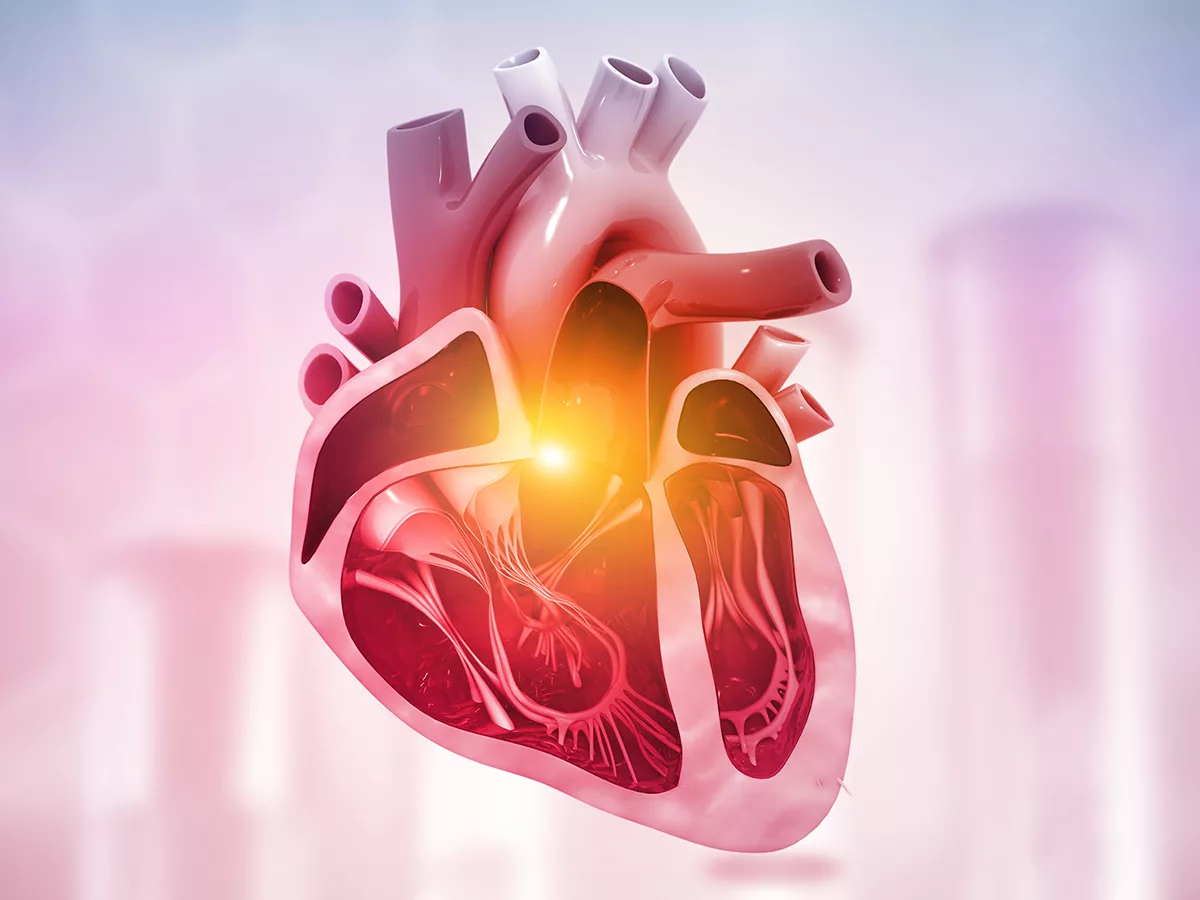In a study reported in the April 27, 2022, online edition of Nature, an international team of researchers has for the first time demonstrated a three-way interaction between neurons, immune cells and plaques as a key component of atherosclerosis – a life-threatening disease that affects millions of people.
The current study "provides evidence for a new disease paradigm, and many new therapeutic targets to treat atherosclerosis can be proposed including interference of the nervous system with new drug targets, pacemaker-like devices that would stimulate or inhibit distinct nervous system areas in the periphery or therapeutic approaches targeting distinct brain neurons," lead author Andreas Habenicht told BioWorld Science.
Habenicht is the head of the Immunology of Atherosclerosis group at the Institute of Cardiovascular Prevention of Ludwig-Maximilians-University Munich. His team's work aims at understanding the interaction between the immune system, the cardiovascular system and the nervous system in atherosclerosis and other nonresolving inflammatory conditions including autoimmune diseases.
Previously, Habenicht and his colleagues had identified immune cell aggregates in the outer arterial wall (adventitia) of aged hyperlipidemic mice. Atherosclerosis progression was paralleled by accumulation of immune cells in adventitia segments adjacent to plaques. Some of these immune cell aggregates resembled tertiary lymphoid clusters and were termed as artery tertiary lymphoid organs (ATLOs) by Habenicht's team as they contained B-cell follicles and separate T-cell areas resembling lymph nodes. These ATLOs were seen to provide a platform for the amplification of inflammation, driving plaque expansion.
Until now, it was assumed that the nervous system was not involved in atherosclerosis, as the arterial inner wall physically separated the plaques from nerve fibers. However, the peripheral nervous system uses the adventitia as a conduit for reaching peripheral targets, and the fibers directly innervate the smooth muscle of blood vessels. In the present study, the authors found that new nerve bundles were formed on the adventitia of the diseased murine arteries, so the brain could detect where the damage is and communicate with it.
The ABC of atherosclerosis
Habenicht said that "we know that most research on atherosclerosis focuses on the innermost arterial wall layer (intima) which is not supplied by nerve fibers. However, it is well established that the disease involves all three arterial wall layers with the media layer and the adventitia layer also being significantly affected. Unlike mainstream atherosclerosis research, we decided early on to focus on the adventitia during aging. Our study revealed a structural artery brain circuit, which we termed ABC.
The ABC connects arteries to the peripheral nervous system and the brain. The researchers mapped the neurological circuit by infecting the neurons with a fluorescent labeled virus. In mice, where the artery brain connections were severed, atherosclerosis was less developed than in the control mice.
The authors found an increased density of both sensory and sympathetic nerve fibers in the plaque-laden regions. These adventitia-neuroimmune-cardiovascular interfaces originated in plaque-burdened artery segments. In response to a transmural signaling pathway, the peripheral nervous system underwent restructuring.
The authors further found that plaque-induced activation of sensory neurons in the adventitia leads to activation of sympathetic nerves in the brain. This, in turn, drives heightened activity and plaque size correlated strongly with fiber density. In fact, Habenicht said, "advanced atherosclerosis in mice was... associated with increased firing of the splenic and the celiac vagus nerves. Celiac ganglionectomy reduced plaque volumes which could be treated as further evidence for neural regulation of atherosclerosis." The authors also found possible molecular drivers of this process – including nerve growth factor and lymphotoxin-beta, a protein involved in the formation of vascular immune-cell structures. Early evidence gathered by the team indicates this also happens in human arteries.
According to Habenicht, an essential prerequisite for understanding brain function in atherosclerosis would be the "identification of specific CNS neuron subtypes affected by the disease, their gene signatures, location, and their connectivity to neighboring secondary brain nuclei." Habenicht and his team aim to look at these aspects in their future studies.
He hopes that future work in atherosclerosis will take cognizance of the neuroimmune involvement in plaque formation.
The involvement of the nervous system in diverse clinical conditions is now being widely recognized by scientists. In a symposium at the recent annual meeting of the American Association for Cancer Research (AACR), Humsa Venkatesh, who is an assistant professor of neurology at Harvard Medical School, described her team's insights into how neuronal activity drives the growth of both pediatric and adult high-grade gliomas.
Active neurons secreted the adhesion molecule neuroligin-3, which promoted the proliferation of tumor cells through the mTOR pathway. But neurons and tumor cells also formed direct synaptic connections through which neurons depolarized tumor cells, also stimulating growth.
